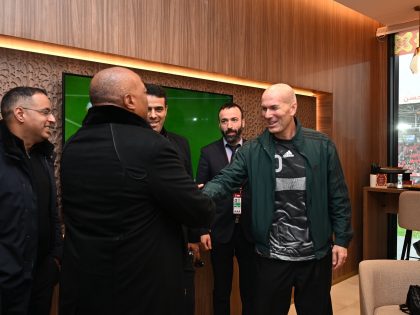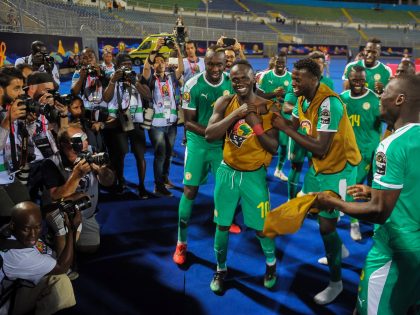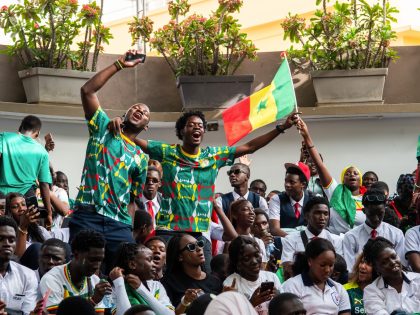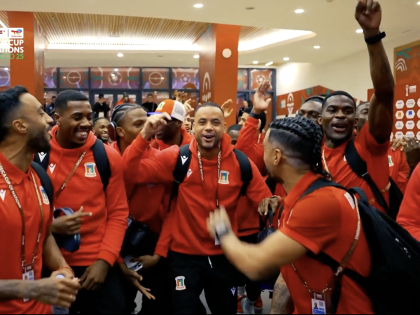#SAHipHop2014: @Okmalumkoolkat has a new album
In 2010, I acquired an illegal copy of The Clonious’ Between the dots LP after hearing him play a set on Mary-Anne Hobbs’ Generation Bass programme which used to be hosted on BBC Radio 1. I instantly fell in love with his production style, a gently-grinding jazz crusade characterised by lush-sounding synth pads and a general preference for warm and all-encompassing instrumentation. During that period, I also discovered that the UK’s LV had collaborated with Okmalumkoolkat, an emcee originally from Durban whom I’d discovered a year earlier via his own blog.
Both artists have become better masters of their techniques ever since.
While most of Between the dots was space jazz-leaning, The Clonious’ production technique has expanded to include elements of Chicago footwork which, combined with Okmalumkoolkat’s Umlazi-dipped universal swank, suggest multiple pathways for which South African electronic music in general can head. Cid Rim, The Clonious’ partner in Affine records and forthright producer on his own right, shares behind-the-board duties.
Okmalumkoolkat’s rap lexicon has grown in leaps and bounds; he’s become better at injecting ancient mythology, futurism, and current pop trends into his lyrics. He shouts out Credo Mutwa and envisions phone calls by AllBlackKats to gods who came as humanoids.
If you pay enough attention, Okmalumkoolkat steadily reveals layers of himself to you. He’s not one thing, that’s for sure: “I’m eating sushi/ owusu/ no-phutu/ my hat is from Lesotho/ my bloodline is Zulu/ starsign is leopard, my spirit is kudu” he raps in “Ijusi”.
Another way to view the music is as live portraiture. Okmalukoolkat has a natural inclination to throw ideas which, at first glance, seem disconnected from each other. However, with every stroke, key details are revealed, and a fully-fledged picture is eventually formed.
Holy Oxygen’s strongest point is that the lyrics and the music merge beautifully; that nothing sounds coerced. It’s festival music, club music, sure; but it’s also get-busy-while-cooking-in-the-kitchen music; it’s what you play when navigating the mania of the innercity; and it’s what your mind can consume to get transported into distant worlds and multiple galaxies.
The way in which we consume music is changing, and it’s time to perhaps think about not only how it’s made, but also how it gets written about. My relationship with both artists begun on-line; it wasn’t facilitated by the radio; I didn’t go to a show. I experienced a telepathic connection to the sound via mp3 – that’s a new phenomenon, a new layer of relating to sound. In Holy Oxygen, Okmalumkoolkat introduces a batch of similarly new layers. Some are works in progress; some are mind-boggling. Their combination translates into a definitive body of work which is reflective of the times, and of the city in which he lives – Johannesburg.
Okmalumkoolkat is also a universal being. You can’t quite pin him down. At one point, he’s strolling up and down the hilly expanse of Umlazi hunting for the next gqom party; next, he’s in Nairobi talking digital art; or he could be either recording or on tour somewhere in Europe, and spitting venom to festival audiences which, in no time, shall grow and expand.
Towards the end of last year, Okmalumkoolkat tweeted that 2014 was his. After hearing this, one of his many victories this year, there is no second-guessing that statement.
*This article is part of Africasacountry’s series on South African Hip-Hop in 2014. You can follow the rest of the series here.



















